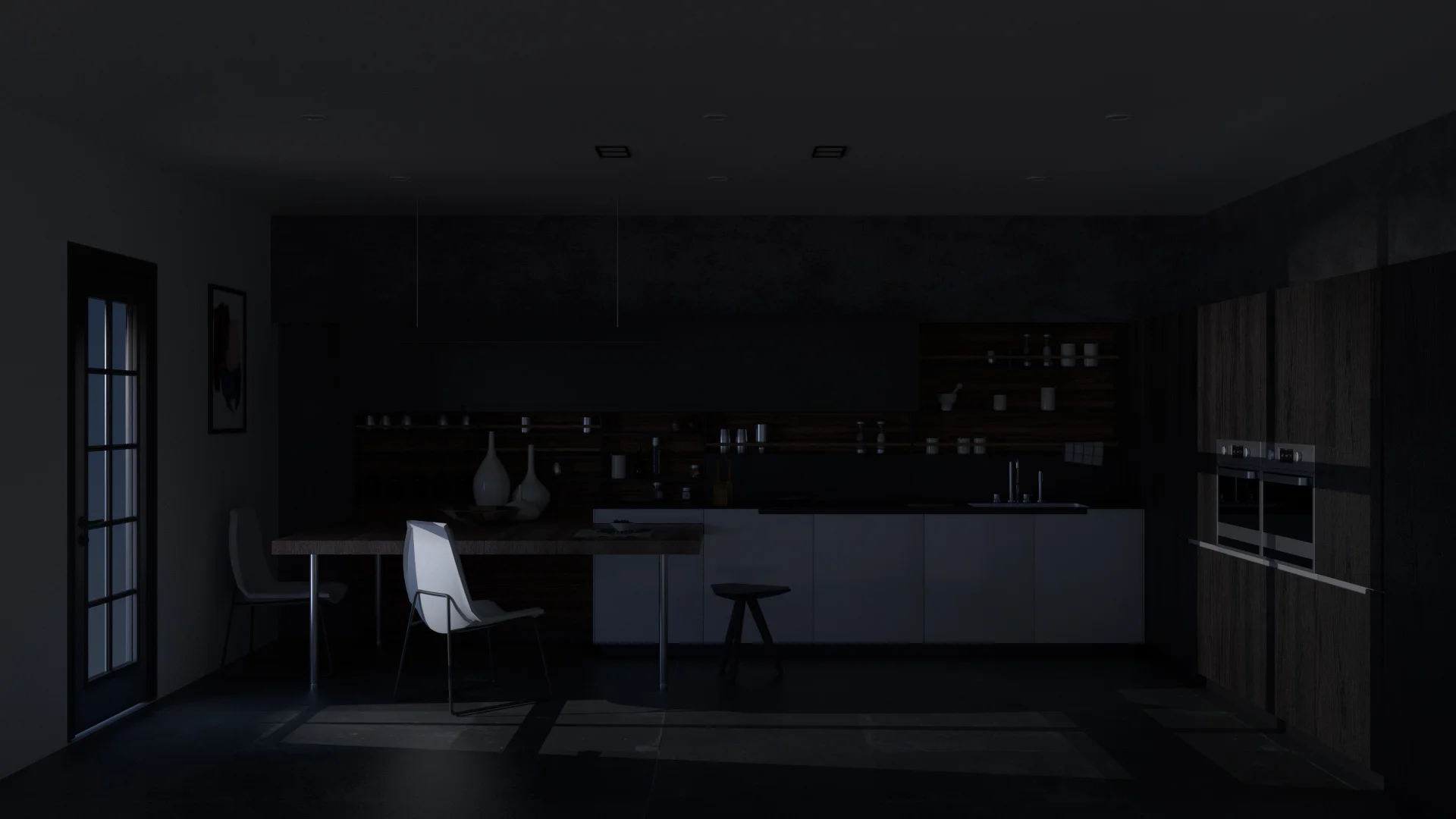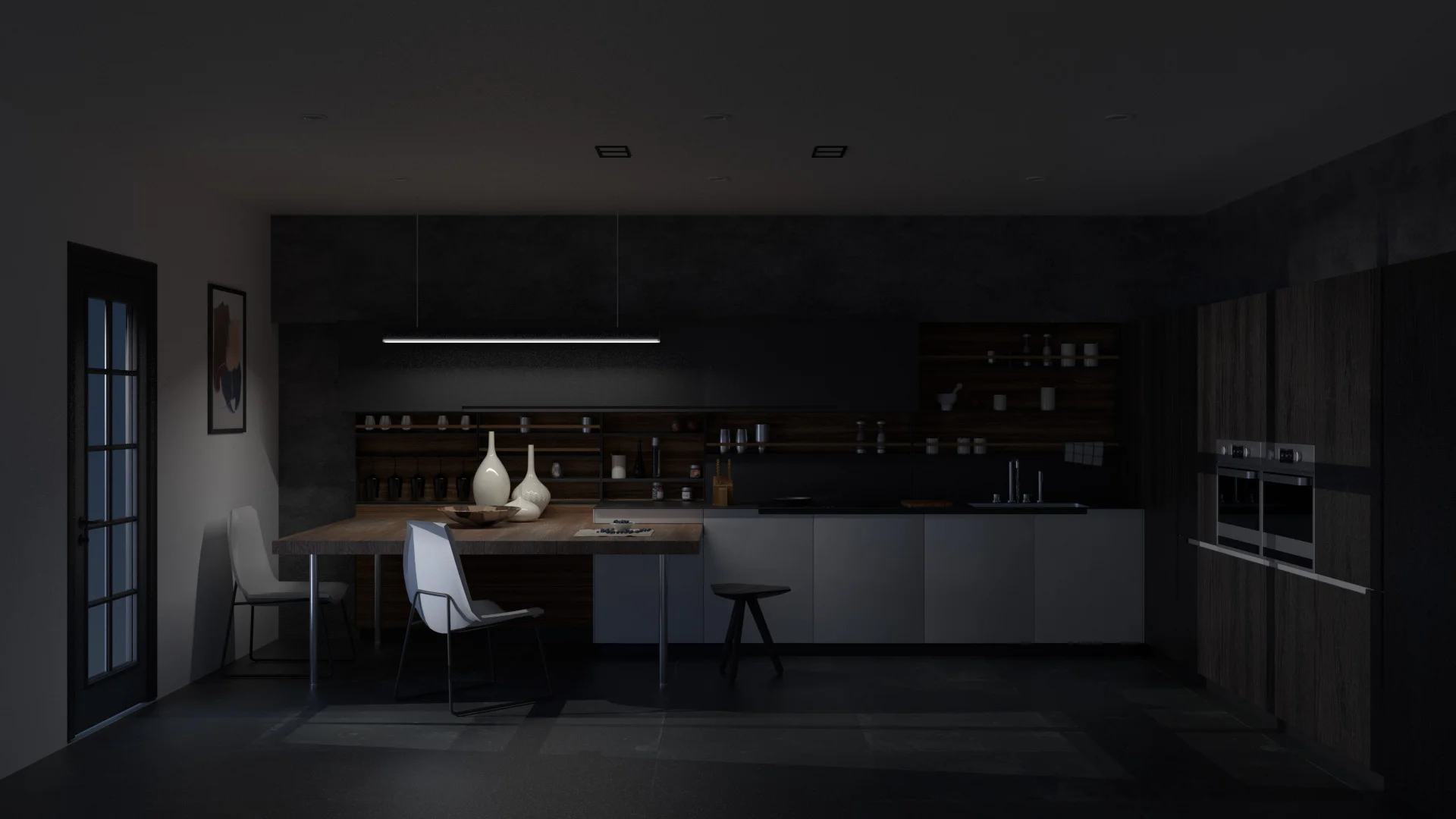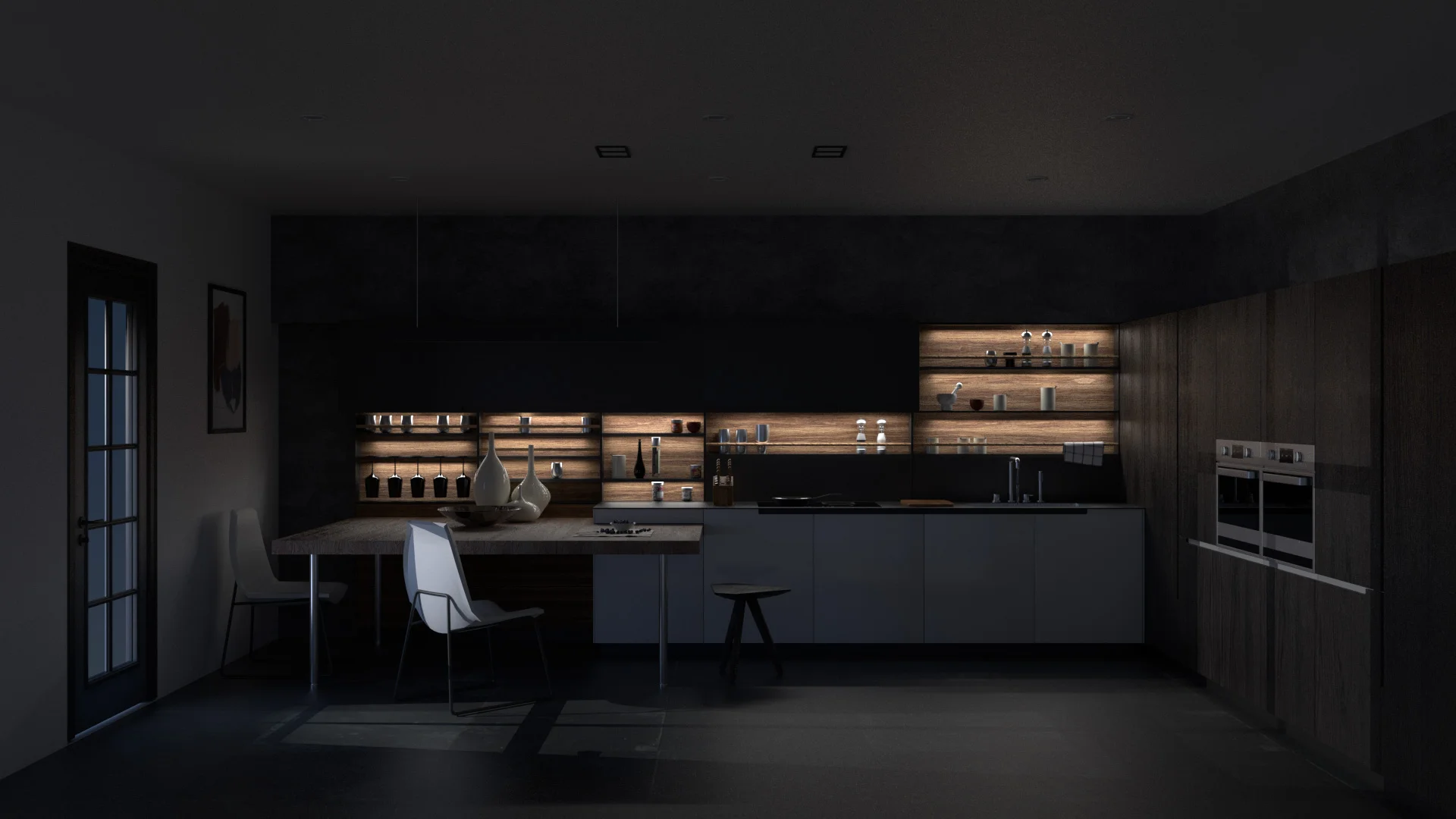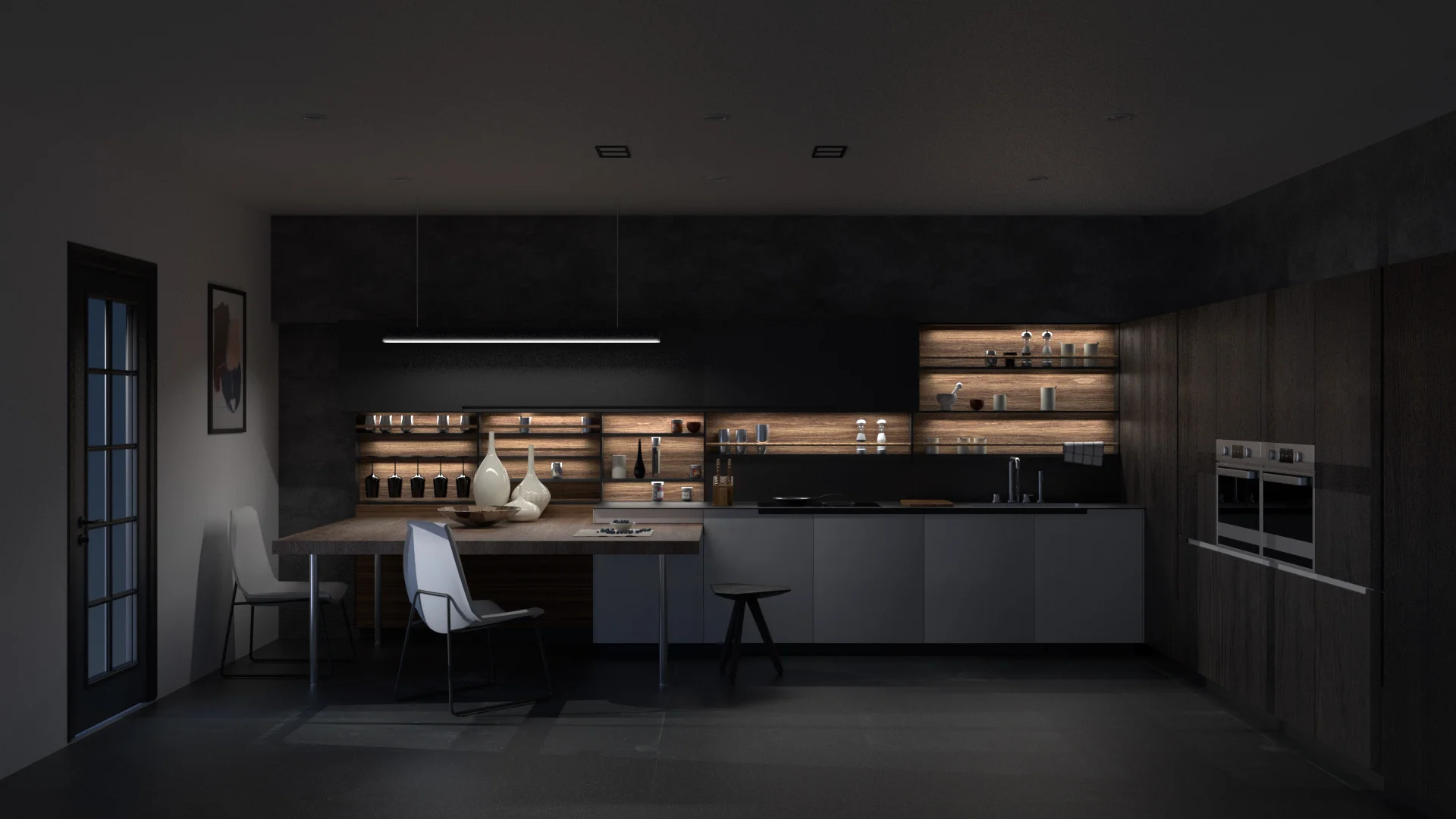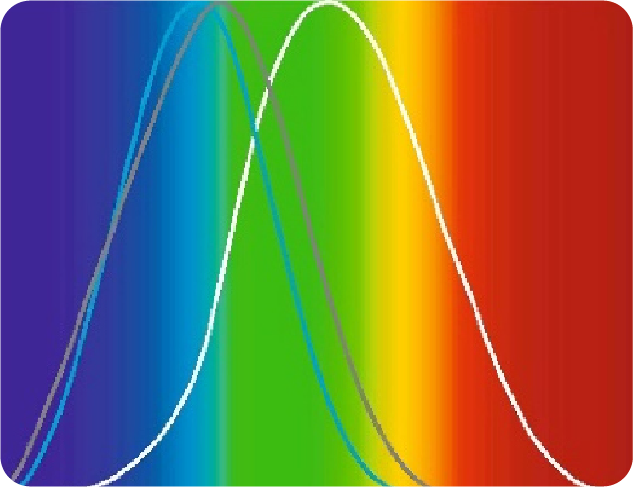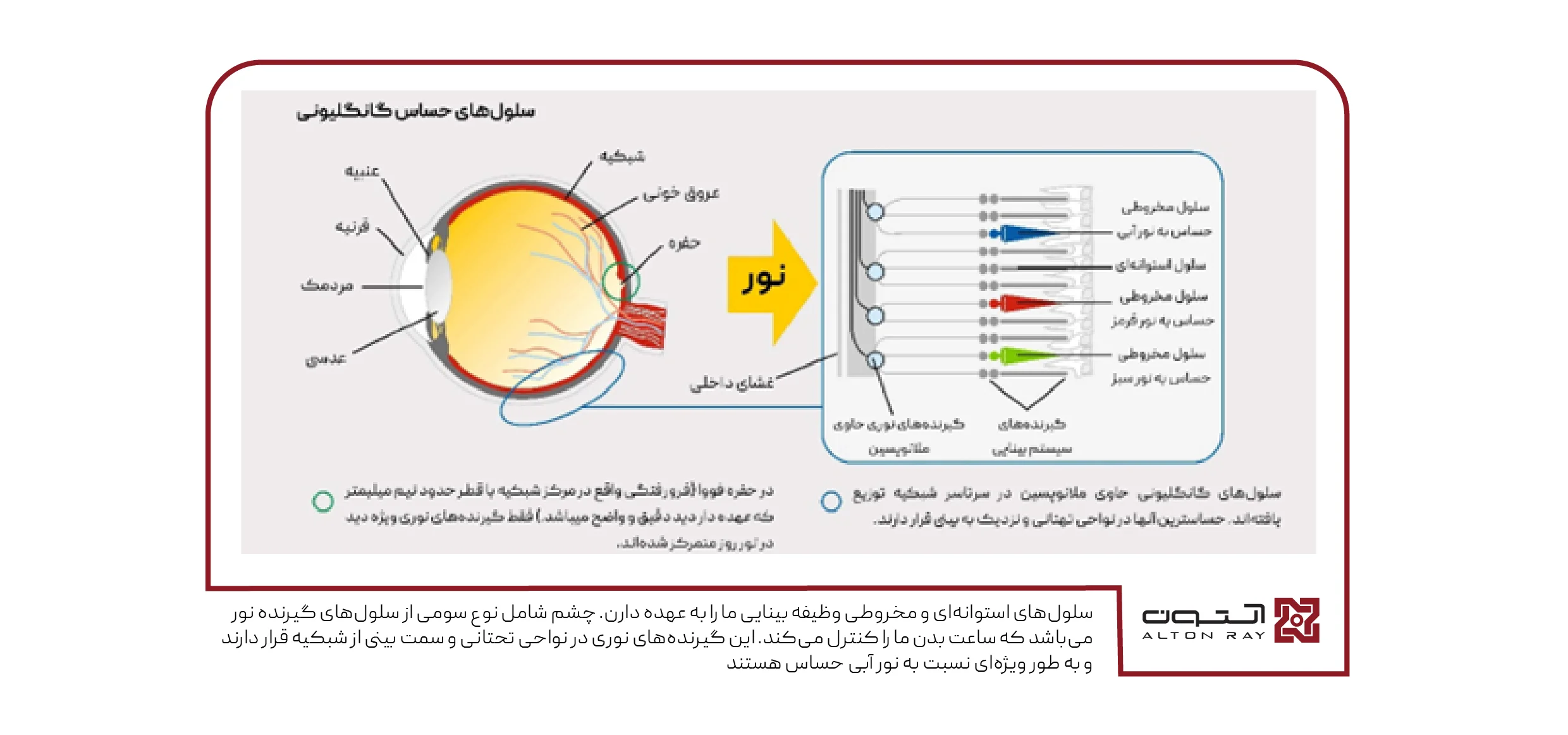The human eye is an amazing instrument. Our vision operates similarly to a camera, providing us with about 80% of the information we receive from the environment. Furthermore, light has effects beyond vision, ranging from improving mood to enhancing our performance and productivity.
Our eyes are capable of detecting approximately 150 different colors within the visible spectrum, and through their combination, more than half a million distinct colors are perceived. The eye absorbs electromagnetic waves of light and converts them into neural signals, which are then sent to the brain to form a mental representation of the surrounding environment.
The prominent part of the eyeball is called the pupil, which, like the diaphragm of a camera, directs light into the eye. In front of it the transparent cornea is located, with a thickness of approximately half a millimeter, serving as the ‘window’ of the eye.The lens along with a fluid called the aqueous humor, which is constantly replenished, helps in regulating light and shaping the image.
Behind the cornea, the iris is located; a colored ring that, with its two muscles, adjusts the size of the pupil’s aperture, regulating the amount of incoming light by about 16 times. The lens, situated behind the pupil, focuses light, and thanks to its flexibility, it can adjust the focal point at varying distances; this process is called ‘accommodation.’ With age, as the flexibility of the lens decreases the ability to accommodate also diminishes.
The role of cone and rod cells in vision
The human eye contains two types of light receptor cells:
Cone cells (approximately 7 million) are active in daylight and provide sharp, color vision. Their most sensitive wavelength is around 555 nm (greenish-yellow color). Color vision results from the interaction of three types of cone cells, each sensitive to different wavelengths corresponding to red, green, and blue.
Rod cells (approximately 120 million) are active in low light and are only capable of perceiving shades of gray. These cells are highly
sensitive to light, with their peak response occurring at around 507 nm (green-blue).
The eye’s ability to adapt to varying light levels is known as ‘light adaptation’, and this adaptation can vary by over 10 billion times the minimum detectable light intensity. The brighter the lighting, the more accurate visual performance becomes, with fewer issues.
This adaptation is dependent on both the initial and final light intensities.
The time required to adapt to darkness is longer than to bright light. For example, after leaving a well-lit area, the eyes take about 30 minutes to adjust to the darkness of the night, while adapting to bright light only takes a few seconds.
Visual acuity depends not only on the eye’s accommodation but also on the resolving power of the retina and the quality of the formed image. Issues such as myopia or inadequate lighting (with low contrast) can reduce visual quality. With aging, the lens becomes yellowed, leading to a decline in color and depth perception, as well as an increased need for more light. For example, a 60-year-old requires four times more light than a 20-year-old.
The third light receptor
Recent studies have shown that the natural transition from daylight to nighttime darkness plays a crucial role in regulating the body’s biological processes. This mechanism affects both the quality of sleep and our emotional state. Disruption of this rhythm can lead to disturbances in the body’s circadian clock, insomnia, fatigue, and even depression. Effective lighting design, by dynamically altering the color and intensity of light, can synchronize with the natural light rhythm (see the article ‘Light Color – From Warm to Cool’).
At the beginning of the new millennium, scientists discovered a third type of light receptor in the retina that, unlike the previous two types, does not directly contribute to vision. These receptors contain a protein called melanopsin and are particularly sensitive to blue light, especially at a wavelength of 480 nanometers. Their function is to send signals to suppress the sleep hormone (melatonin) and assist in regulating daily alertness. In other words, morning light prepares the body for wakefulness and daily activity.
Vision and the ability to perceive
For proper vision, at least four essential conditions must be met:
-
Minimum illumination:
Objects require a specific level of lighting within the eye’s accommodation range to be visible. Objects that are easily distinguishable with details in daylight become less distinct at dusk and are completely invisible in darkness.
-
Sufficient contrast:
In order to recognize an object, there must be a difference in brightness between the object and its background. In most cases, both luminance contrast (brightness) and color contrast play a role.
-
Proper object size:
The dimensions of the object must be larger than the minimum size detectable by the human eye for it to be visible.
-
Sufficient observation time:
For accurate recognition, the eye requires a minimum amount of time.For example, a slowly rotating wheel can be seen in detail, but as the rotation speed increases its image gradually becomes blurred.
In old age, higher levels of illumination are required. A 60-year-old person needs approximately four times more light than a 20-year-old.
The Role of Lighting Designers
Lighting designers are responsible for creating optimal visual conditions by ensuring the following:
•Appropriate levels of illumination,
•Sufficient contrast between objects and their surroundings,
•Uniform light distribution within the visual field.
Establishing such conditions enhances visual clarity, reduces eye fatigue, and improves visual performance.


